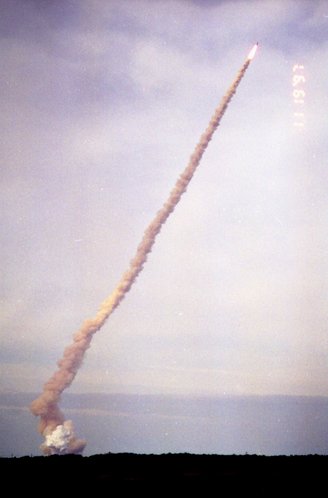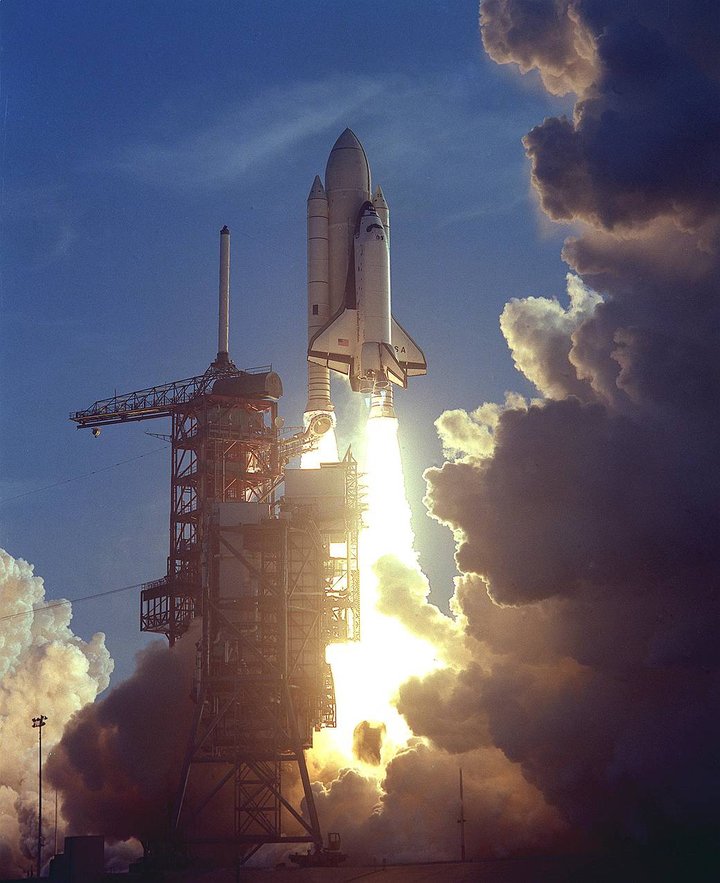We’ve been taking the opportunity, during this period of social isolation, to sort/organize/clean out/purge. Years of journals, letters, book proposals, tearsheets, certificates…who needs ’em? That was then, this is now. Let it go. All those memories! If you’re like me, you’re better at remembering bad stuff than good—we’re designed that way. Bad stuff—mistakes—are worth remembering, that way we can avoid doing the same dumb stuff over and over. Back on the savannah, c. 1,000,000 years ago, a few bad decisions and it was game over. Good decisions? Yeah, they felt great, but nothing to affect if you lived or died.
Then there are photos. The last couple of decades, everything’s digitized from the get-go. But before that it was 120 roll film, then 35 mm negatives and slides. (I once returned from India with 38 rolls of Kodachrome.) The negatives became photos to be pasted into photo albums. And the albums sat downstairs, practically forgotten, in a couple of ill-gotten USPS bins. Until along came COVID-19, and with it all the time in the world to get them out, dust them off and—thanks to a magic app called Photomyne—digitize them. Toss the albums! Now all those memories can sit in the cloud. Once again, to be forgotten.
Which is how I stumbled on a series of photos I took on November 19, 1997: the 24th launch of Space Shuttle Columbia, from launch complex 39B at Florida’s Kennedy Space Center (aka Cape Canaveral).

A dear friend and former NASA program director had called out of the blue in the late summer of 1997. “I can get away for the next launch of Columbia, and I’ve got two tickets for the viewing area…wanna come?” I sure did. Watching a shuttle launch had long been on my bucket list.
By space shuttle standards, this mission, STS-87, was pretty routine, devoted to microgravity science, satellite-based studies of the sun, plus a spacewalk to prepare for the upcoming assembly of the International Space Station. And, for the sixth time that year, the shuttle launch actually took place on the day scheduled many months earlier.
Along with a large crowd from all over the world, we watched the silhouette of the shuttle through binoculars for several hours that day, from our perch on a raised earth platform three miles south of the launch pad. The tension was palpable until, at 1.46 p.m., we saw a great flash as the the twin solid rocket boosters, which provided five-sixths of the liftoff thrust, ignite. I couldn’t quite believe the acceleration—working up to over two g’s—as the shuttle shot up like a bullet. Fifteen seconds after the launch, the sound of the roar hit us like a huge wave, overpowering everything and everyone. It was magnificent.
Four launches later, on February 1, 2003, Columbia disintegrated during reentry, killing all seven crew members.

Columbia was the first of five shuttles to lift off. This is the launch of STS-1, April 12, 1981. (NASA)
CLICK TO MANAGE